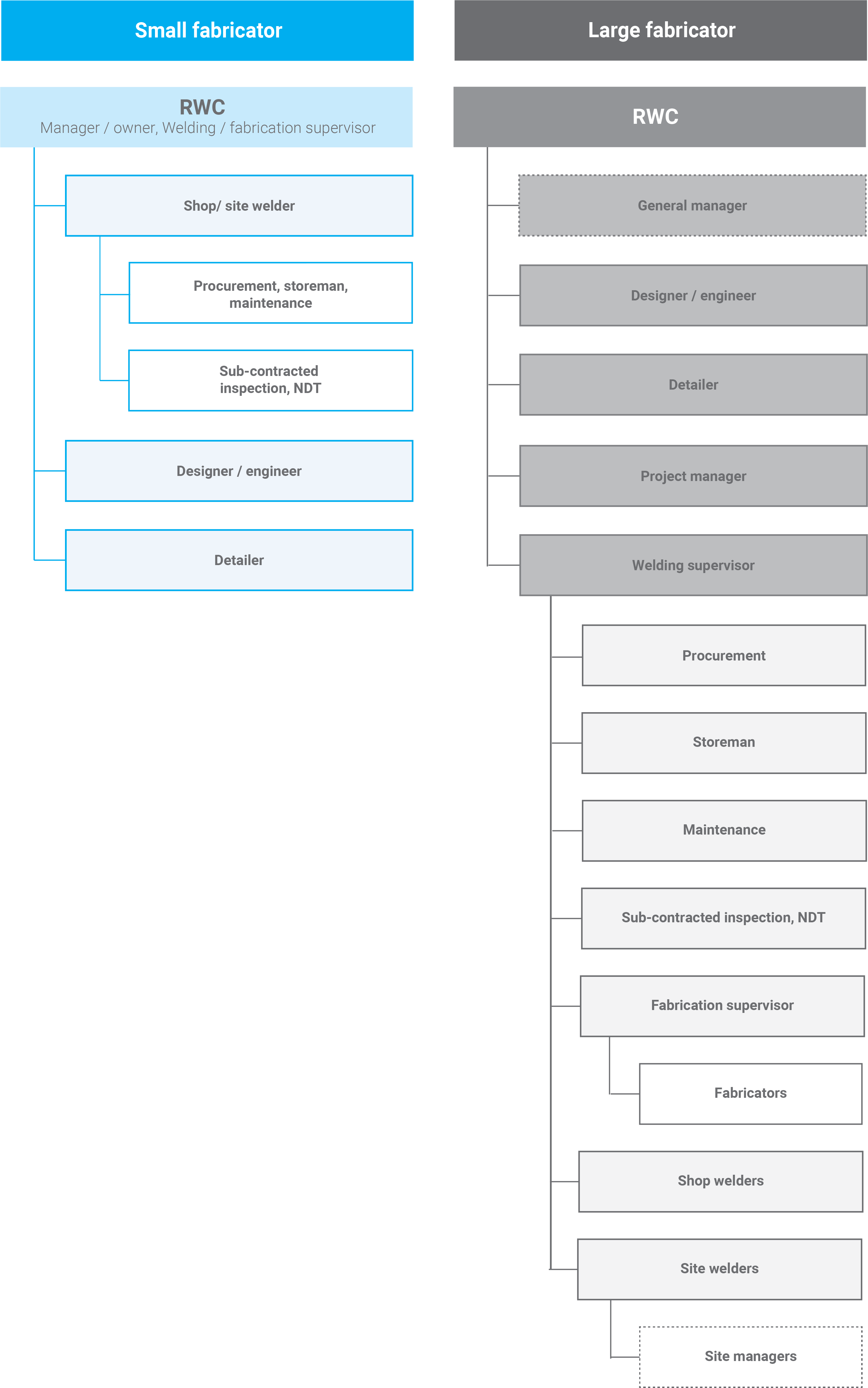The welding quality management standard AS/NZS ISO 3834 is one of the key technical requirements of the now well-established Steel Fabricator Certification (SFC) scheme and of AS/NZS 5131 Structural Steelwork – Fabrication and Erection currently in the final stages of development.
With 21 fabricators now certified to the SFC, and with several more in the process of gaining certification, the Welding Centre answers some of the commonly asked questions about AS/NZS ISO 3834.
Why is AS/NZS ISO 3834 required?
The ISO 9000 of quality management systems standards includes the concept of a “special” manufacturing process for any work where the final quality of the product cannot be verified only by inspection; welding is such a process hence the need for a welding quality management standard.
ISO 3834 is not a quality control standard that replaces ISO 9001; for companies with ISO 9001, ISO 3834 can be included by a reference in the ISO 9001 quality system. Alternatively ISO 3834 can be implemented without any connection to ISO 9001.
What is the basis the ISO 3834 series of welding standards?
The ISO 3834 series of welding standards are based on a quality management system that provides continuous control by using competent personnel and well developed procedures.
How is an ISO 3834 quality management system structured?
The system typically consists of three levels:
- At the general level, describing the fabricator’s organisation, areas of staff responsibility, operation, equipment, personnel, etc.
- At the procedure level, setting out how tasks and responsibilities are performed.
- At the level of the necessary forms, lists, reports, records, and detailed work instructions.
What staff does a fabricator need to commit to manage a quality system?
The staff members who carry out quality management tasks are referred to as the “Welding co-ordination team”, led by the Responsible Welding Coordinator (RWC). The RWC has overall responsibility for all things welding and has the authority to halt welding operations should it be necessary.
How is the welding co-ordination team organised?
An “organogram” is used to show this. An organogram is a form of organizational chart that shows the structure of the team and the relationships between the different people, departments, and jobs at different levels.
Is there a standard organogram for an IOS 3834 system?
There is no “one-size-fits-all” organogram for 3834 because no two fabricators are exactly the same. It must accurately reflect how a fabricator manages the quality requirements with their own staff. For larger firms there may be many staff involved; for smaller fabricators a simple organogram is all that is necessary.
The key requirement is that the organogram clearly shows how all welding related activities are controlled; from the welder through to the designer/engineer as applicable. Some organograms include associated activity such as other fabrication tasks and site work. This makes sense where the same staff are engaged in more than just welding. The key function of an organogram is to show technical responsibility; it usually does not include other management functions such as commercial or health & safety responsibilities.
An overview of the AS/NZS ISO quality management system is provided in the our welding supervisor course, which are scheduled in for Auckland in August, and Christchurch in September.

Update shared by our General Manager Welding Centre Michail Karpenko
